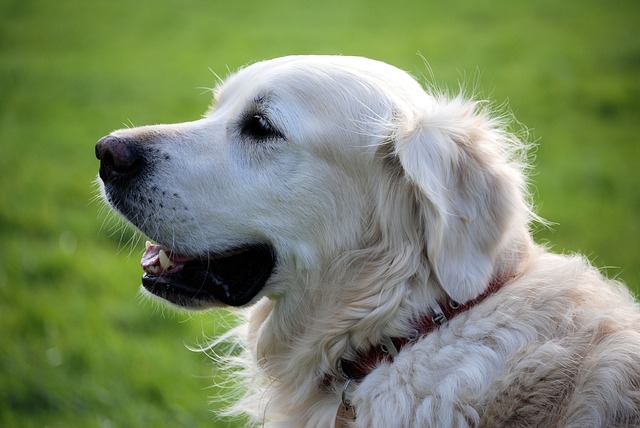
How to Teach Dogs to Stay Still
Dogs struggle with “stay” because their brains are wired to “follow the pack”—and you’re their pack. To them, staying put while you move feels wrong
Potty training starts with rhythm—dogs thrive on predictability, especially young puppies. Feed them at the same times daily, and within 15 to 30 minutes, head outside. Morning, after naps, and right before bed are non-negotiable; those tiny bladders can’t hold much, and consistency builds trust. Even adult dogs, if newly adopted, need this structure to learn your home’s rules.
Watch for the quiet cues: a sudden pause in play, sniffing the floor in tight circles, or a low whine. These are your dog’s way of saying “I need to go,” and reacting fast prevents accidents. If you miss the window, resist scolding—yelling or rubbing their nose in it only confuses them. Instead, gently pick them up and carry them outside, where a calm “go potty” can reinforce the right spot.
Rewards work better than rules. The second they finish outside, offer a tiny treat or enthusiastic praise—think excited “good job!” with a scratch behind the ears. Timing matters: delay by even 10 seconds, and they won’t connect the reward to the action. Keep treats handy during training sessions; small, soft bits are easier for puppies to gobble up mid-excitement.
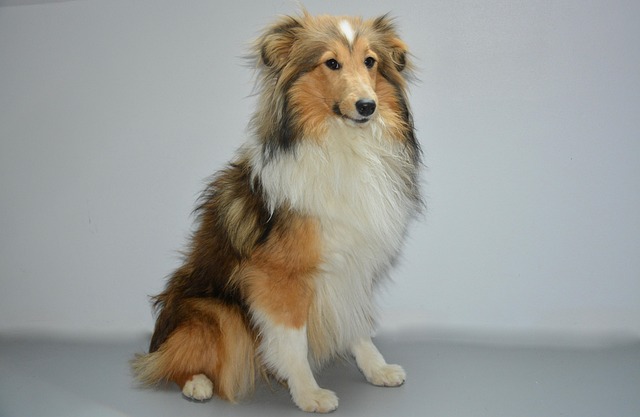 Accidents happen, but how you clean them matters. Use an enzyme-based cleaner to erase odors—regular soap leaves traces dogs can smell, tempting them to repeat the mistake. And remember: many areas require cleaning up after your dog in public. Keep poop bags stocked; fines for leaving waste in parks or sidewalks can add up quickly, and it’s just good neighborly behavior.
Accidents happen, but how you clean them matters. Use an enzyme-based cleaner to erase odors—regular soap leaves traces dogs can smell, tempting them to repeat the mistake. And remember: many areas require cleaning up after your dog in public. Keep poop bags stocked; fines for leaving waste in parks or sidewalks can add up quickly, and it’s just good neighborly behavior.
Outdoor comfort builds confidence. Some dogs hesitate to go in rain or snow, so start with short trips in mild weather. Stick to leash laws—most places require pups over 4 months to be leashed in public—and pick a consistent spot. Grass works better than concrete for most, but adapting to different surfaces (like gravel) helps when traveling or visiting new parks.
Adopted adult dogs might need a reset. If they’re used to a previous home’s schedule, be patient. They may need 2 to 4 weeks to adjust, especially if they spent time in shelters. Stick to the same feeding and outdoor routine, and avoid assuming they “know better”—anxiety or confusion often look like defiance.
Training isn’t about perfection; it’s about partnership. Some days will feel like steps back, but every successful trip outside strengthens your bond. Stay consistent, stay kind, and soon those bathroom runs will feel like second nature—for both of you.

Dogs struggle with “stay” because their brains are wired to “follow the pack”—and you’re their pack. To them, staying put while you move feels wrong

I was walking my friend’s Australian Shepherd, Luna, through a Seattle neighborhood last month when a jogger rounded the corner—and Luna erupted into barks
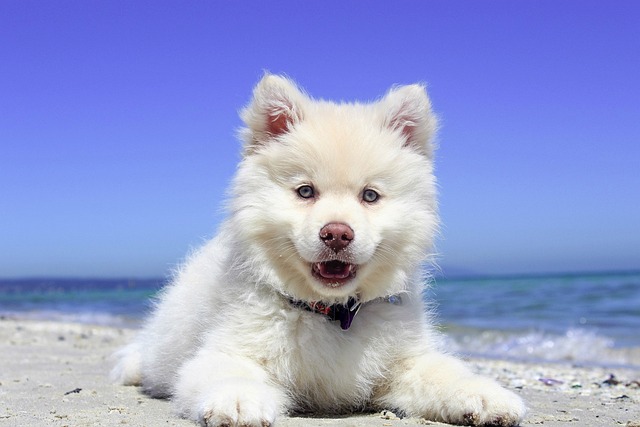
You’re walking your new rescue dog in the neighborhood park when a child on a scooter zips past, and suddenly your pup freezes, lips pulled back in a snarl, growling low in their throat.
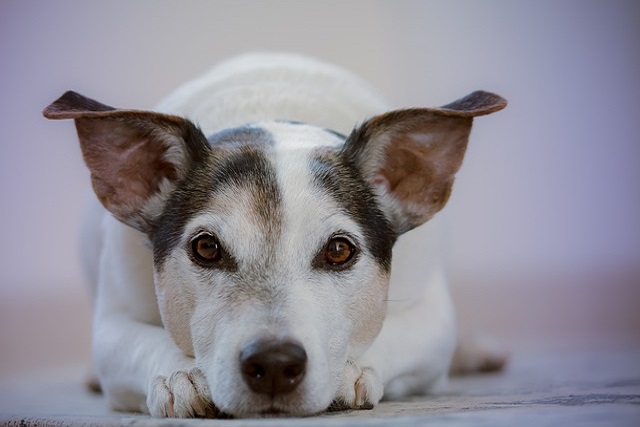
You've just moved into a cozy apartment in downtown Chicago, excited to host your first dinner party. But as soon as the doorbell rings, your dog goes wild
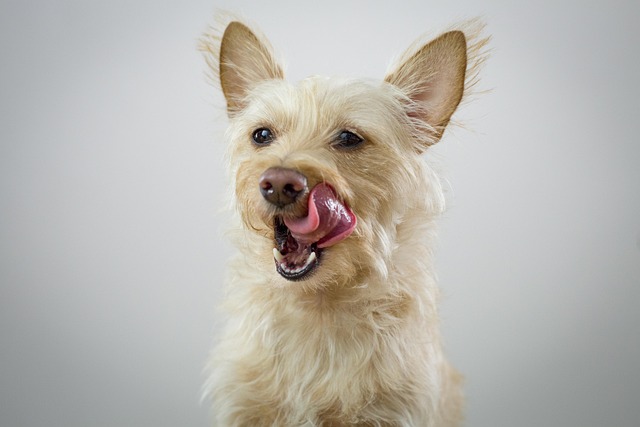
It’s 7 AM on a Tuesday, and you’re already wide awake—not because of your alarm, but because your pup is standing at the window, barking nonstop at the neighbor walking their dog.
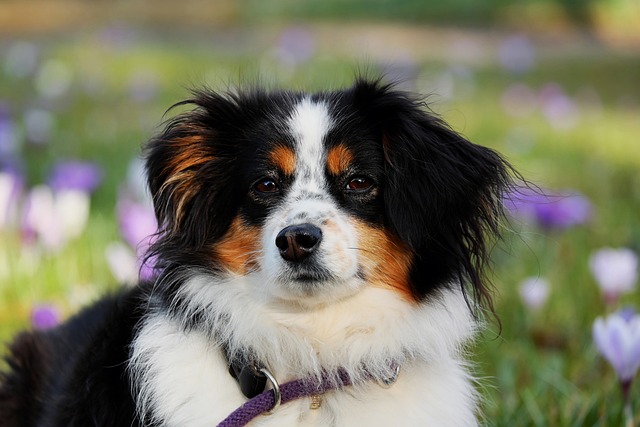
You’re strolling through your suburban neighborhood in Colorado, coffee in hand, when a kid on a bike rounds the corner. Suddenly, your pup tenses, hackles up